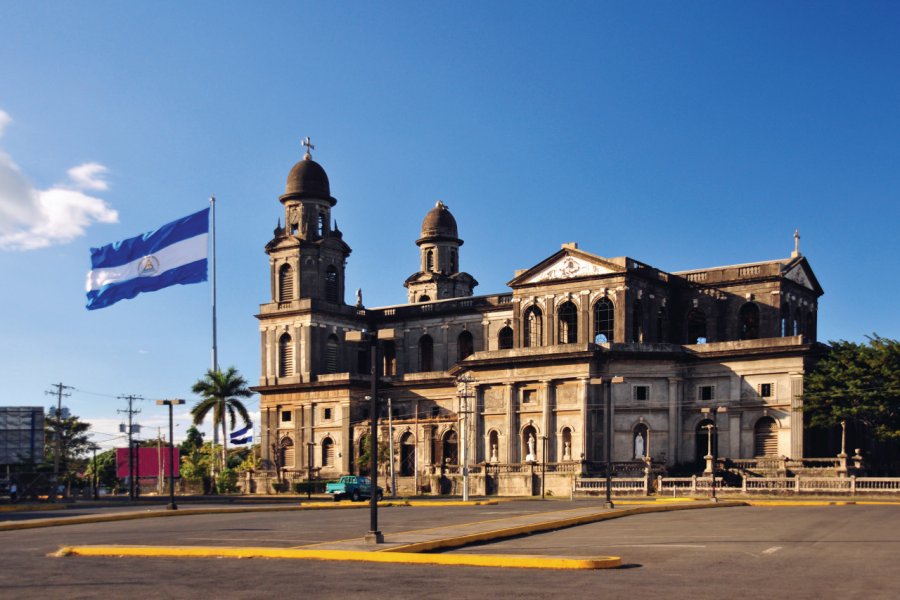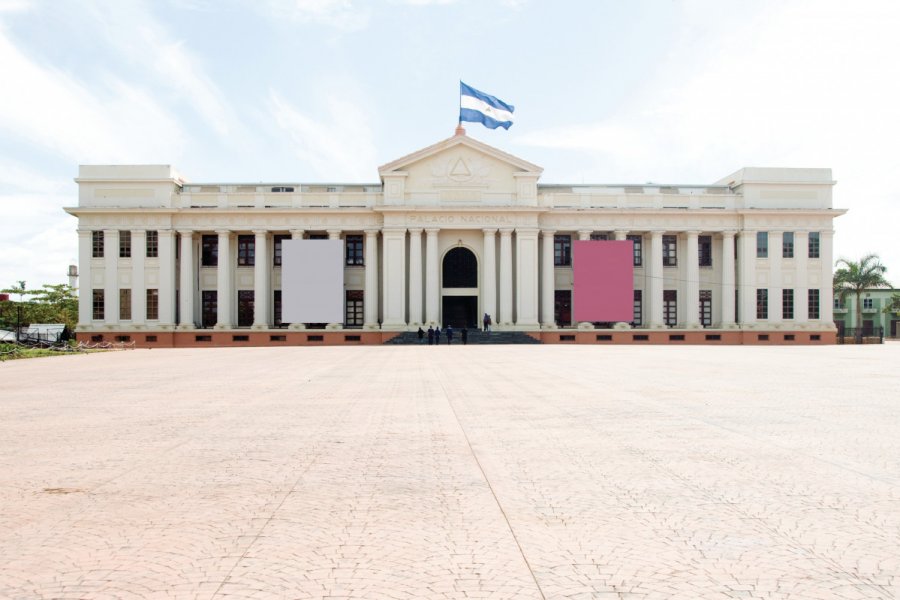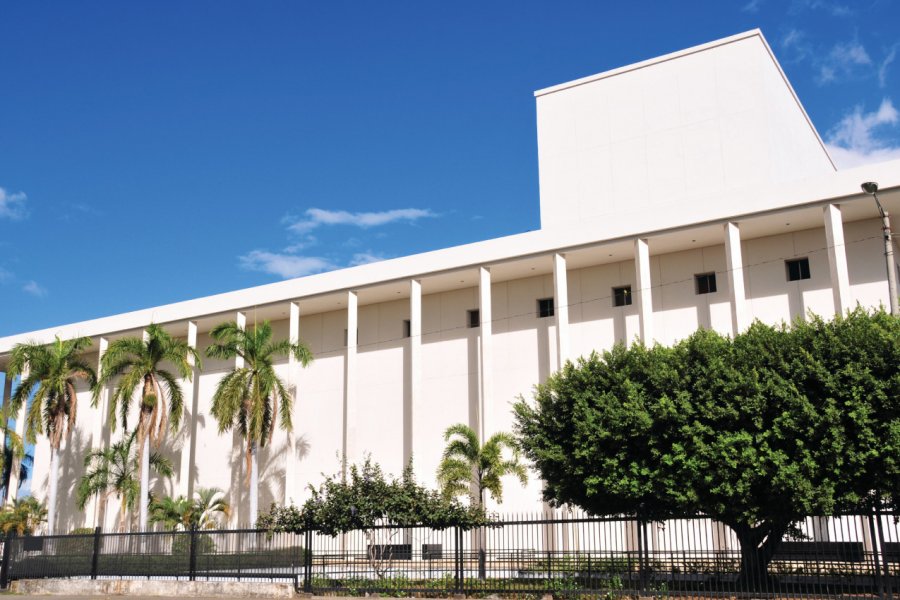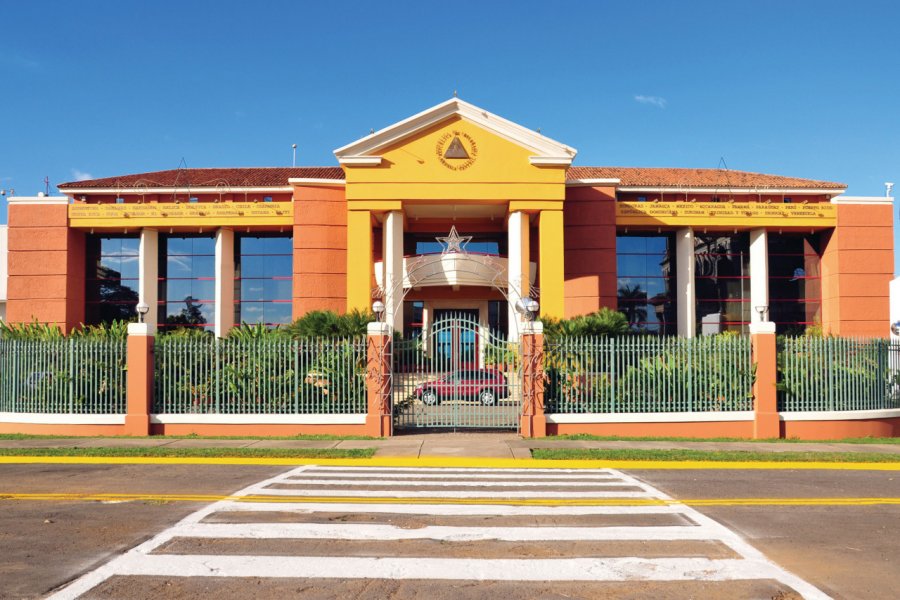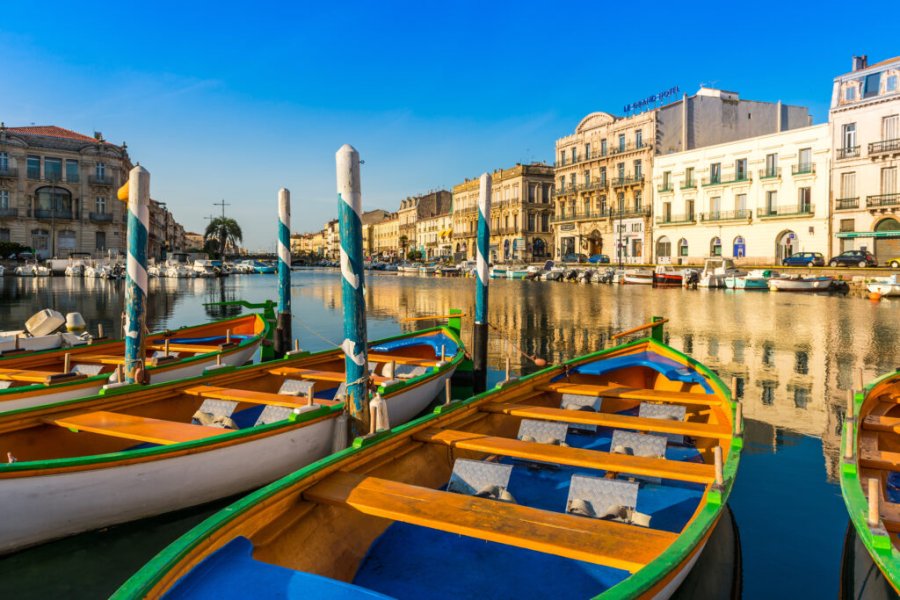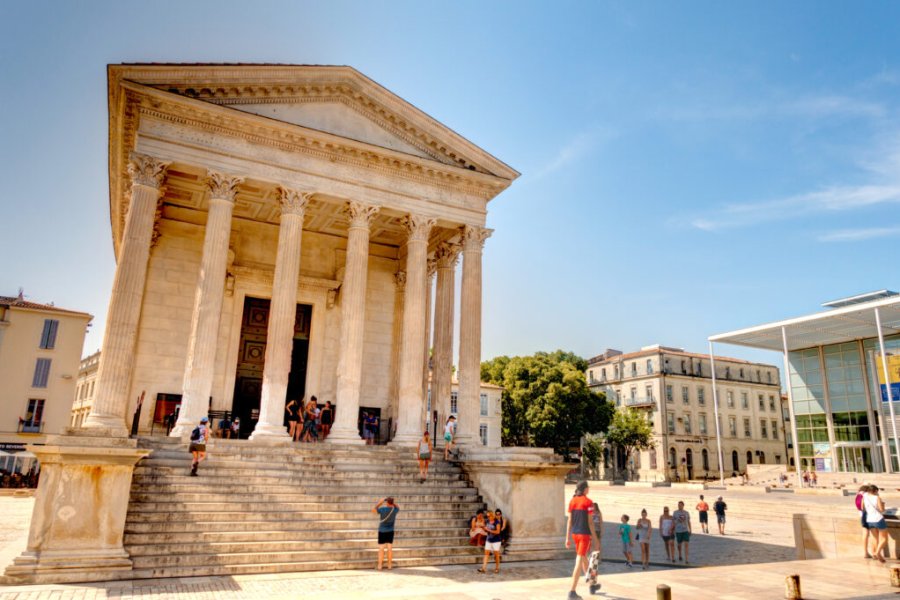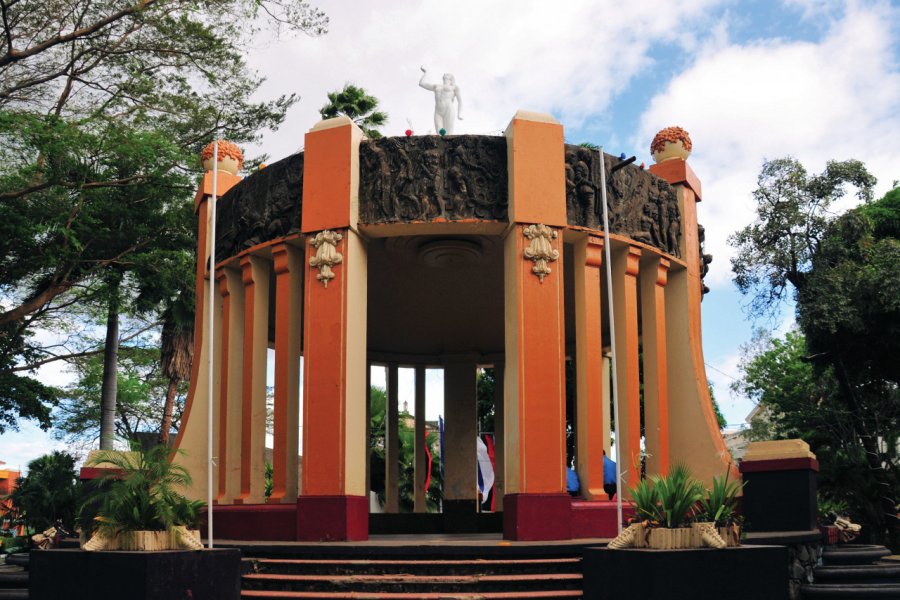Travel Guide Managua
Find an accommodation
Advertising
Managua is the center of the country's social, economic and political life. However, it is not the cultural center of the country, a shared role between Léon and Granada.Today, it has more than 2.5 million inhabitants in its area, and is located - unlike the capitals of other Central American countries - at only 87 m above sea level.The name of the city comes from nahuátl managuac meaning «surrounded by lagoons» or «where there is a lot of water». Poets know her as "the lover of Xolotlán". And Managua's inhabitants are not the Managuas, but the Managuas, quite simply!As for the climate, the dry season extends from November to May (temperatures can reach 37 ° C) and the rainy season from May to October (temperatures can then fall to 20 ° C).The region of Lake Xolotlán has been inhabited very long by the abundance of a fundamental element (promised incidentally to a dark future): water. Discovered fingerprints near Acahualinca show the presence of primitive tribes, which are at least 6,000 years old. The site occupies a former volcanic center.In 1529, the columnist Fernández de Oviedo described this indigenous population (about 10,000 inhabitants) as rudimentary but beautiful, and noted that it was spoken of the chorotega language (the native names of Mexico). The site obtained city status in 1846 and became capital of the Republic in 1852.Most travelers move and ask for the city center direction to the experienced taxi driver. Do not follow the international standard and let the charm act: because there's no city center, and what was officially in the past looks like a ghost hamlet in the glorious and mysterious past. We're exaggerating, but barely.The clichés are not tender with Managua, the capital of Nicaragua. Images of destruction haunt memories, and one imagines a city devastated by earthquakes and civil wars. Yet Managua is one of the most amazing capitals in the world: it has almost no skyscrapers and looks like a huge hidden village in a scrubbing forest. It is an archipelago of neighborhoods with disparate colors. In the center, a volcanic lagoon is throne. A giant commercial complex is adjacent to vague terrain or abandoned service stations… But its major asset lies in its surroundings: trees, a nearby lake and Momotombo volcano.It's not sure that you've got a whirlwind for "beautiful Managua, a brave and graceful city like a scented flower" (as a traditional song says), but we usually end up discovering the hidden charm of this labyrinth of unnamed streets and the somewhat strange atmosphere of this diaspora of small houses of fortune.
What to visit Managua?
Advertising
Weather at the moment
Advertising
Organize your trip with our partners Managua
Transportation
Book your plane tickets
Car Rental
Boat rental
Accommodation & stays
Find a hotel
Holiday rental
Find your campsite
Tailor-made trip
Immersion travel
Services / On site
Activities & visits
Find a doctor
Managua travel inspiration
Find unique Stay Offers with our Partners
Pictures and images Managua
Other destinations nearby Managua
25 km away


